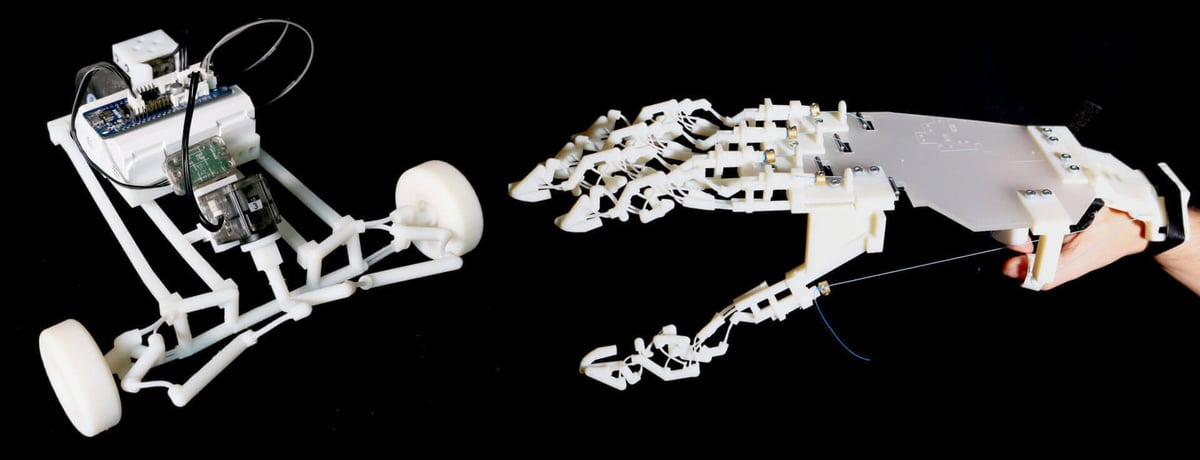A group of scientists at Disney Research in Zurich have developed a new method for designing and 3D printing flexible, compliant mechanisms.
At the recent SIGGRAPH 2017 computer graphics and interactive techniques conference in Los Angeles, Disney researchers presented their latest achievement; a computational design tool to enable the 3D printing of flexible, bendable mechanisms.
Their techninique is capable of automatically transforming a design for a “conventional, rigidly articulated device” into a flexible mechanism which performs the same function.
A paper on the topic is authored by a group of scholars including Bernhard Thomaszewski, a former Disney Research scientist and a professor at the University of Montreal. He says:
“Compliant mechanisms enjoy widespread use in industry — ranging from miniature actuators in microelectromechanical systems to the binder clips, backpack latches and shampoo lids common in everyday life. Even broader use in machines is attractive because of their precision and because they can be readily manufactured.”
But there’s a complication, according to co-author and Disney Research scientist Moritz Bacher.
“Unfortunately, designing for flexibility is more difficult than for rigidity,” says Bacher, “because it demands a deeper understanding of how materials behave as their shape changes.”
The research team have demonstrated their computational design tool by 3D printing a range of different mechanisms. This includes a steering mechanism for a toy car, and a multi-join leg mechanism called Jansen’s Linkage.
See both in action in the video below:
Disney Research Says Rigidity is a Foreign Concept
The inspiration for the project is to create mechanisms and machines that closely mimic movements and mechanisms found in nature. As Markus Gross, vice president at Disney Research, summarizes:
“Rigidity is a concept foreign to the living world. From a kangaroo’s legs to the wings of a bat, bones, tendons and cartilage are the nuts and bolts of organic machines. Our research team has developed a tool that will make it easier for us to eventually make our machines as efficient and robust as those we find in nature.”
The researchers reckon their novel method works by effectively replacing conventional joint and linkages with their compliant counterparts. The design tool can optimize the device’s performance and function; this is done by adjusting its design, lateral stability, and by reducing strains on the component.
Another co-author of the paper is Stelian Coros, an assistant professor at Carnegie Mellon University. He believes 3D printing is the best way to manufacture the compliant mechanisms designed through the Disney tool. This is because of “its ability to create complex geometry using a variety of strong and flexible materials”.
Will such technology make an appearance in the next Disney animated movie or theme park? Keep a flexible outlook, and there may be surprises in store.
Source: Engineering

License: The text of "Disney Research Unveils Design Tool for Compliant Mechanisms" by All3DP is licensed under a Creative Commons Attribution 4.0 International License.